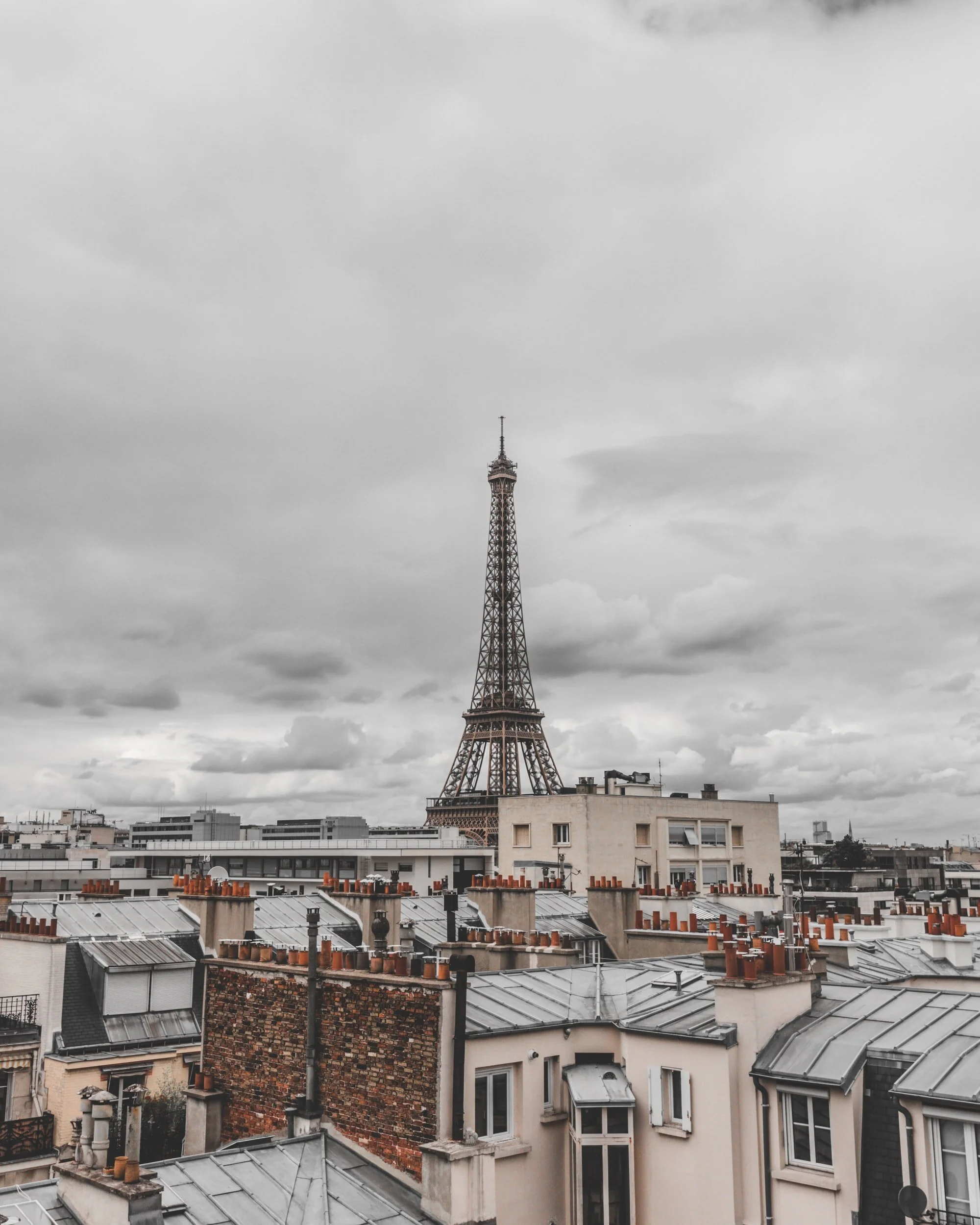How a Neonatologist Tells a True War Story
It is not true today that my children are in school learning about ratios and raising hands. It is not true that my husband is at work teaching teachers about equity in education. It is not true that my dog is sleeping with her nose on her thigh alone in a quiet home. It is true that I go to work as always, but it is not true that my day as a doctor unfolds with its predictable rhythm.
It is Tuesday today, that is true.
This Tuesday begins as the squirrels living in the eaves of my house wake me before the birds. I watch wind ripple mudpuddles in the early morning moonlight, watch a fat red fox creep under our fence while I eat my oatmeal. My husband holds my hand while we drink hot things on the sofa. My sons lounge in their beds reading about superheroes and scheming villains instead of bounding down the stairs for sausage and cereal on this Tuesday. I am adrift without their antics, unsettled by the new truth of a quiet morning. One by one, I slide under their chamois blankets, my bicep below their necks to fill myself with the tenderness of warm wiggles to ground me through the day. My older son now dodges my daily forehead kisses. Too sticky, he says, as my lips meet matted hair before I drive to the hospital. Coffee, radio, empty highways.
These now-empty roads are perversely soothing. They provide a safety in solitude, a meditative roll of wheels over asphalt. As I shut off my car engine, I switch on a practiced professional detachment cultivated after years of doctoring. It is sometimes true that this numbness, this wall, keeps my patients’ plight just a bit apart. I don my cloth mask, my badge. I lock, I walk.
I enter my hospital where the hallways are no longer bustling with old men who cannot find the correct elevator to get a stress test, memory test, pulmonary function test. It is not true, today, that husbands can visit their wives after birthing their children. It is not true that wives can visit their husbands as they lay ill in intensive care on this Tuesday. The hospital was “pre-surge” and now is “post-surge.” And it is true that more is coming. The pandemic is here in the hospital, the tower beds are teeming with women and men infected with COVID. But the lobby has an unnerving quiet.
I stand in line for an infrared temperature scan. I am irritable at the intrusion into my safe human space. I think about articles on asymptomatic viral spreading and the fallacy of fever as a viral tell. I envision the germs of hundreds of healthcare workers dancing along the blue gloves of the guards as they probe the foreheads before mine. With each step forward, I become less of one thing and more of something else; motherhood is set aside to doctor other people’s children, support other people’s mothers. The scan reads ninety-five degrees Fahrenheit. I can begin my shift. I change into clean scrubs and don a hospital mask over my face, complete my transformation into a neonatologist. The moment I tie my pants I am called to a delivery.
My job, every day, is to save babies. At birth and after. I attend deliveries because babies are sick or could be sick, because healthy pregnancy or natural labor has gone awry. This baby has stooled inside his mother; the worry is the thick, tarry stool could be inhaled. I witness the measured spectacle of screams and pushes and counting and contractions. All the while, I wince at the idea of viral particles in this mother’s every exhalation. I aspire to be noble, to be unafraid, to call on reason and science and believe my mask will shield me. But I admit, it is not true that I sigh to encourage my infant patient to breathe, to scream after I’ve sucked thick curdled grassy-green secretions from his mouth. I stifle my sigh, as it could pull deeply at the creases and corners of my mask, could open a space for the virus to seep against my skin, along my tongue, inside my lungs. I leave this now-healthy baby with his nurses. I do not ask his name.
I walk from the delivery room back to the neonatal intensive care unit where I am grateful for our locked doors, scrub sinks, and incubated patients. Familiar containers. These infant containers have names: giraffe, panda. I feel safe here, in the NICU, amid these infants unnaturally ill and apart from their mothers, not because the equipment evokes docile wildlife but because I accepted their plight long ago. Because the rhythm of neonatal pathology is predictable; illness and acuity persist, unaltered by the pandemic. The gentle transition from intubation to extubation, from feeding tube to bottle-feeding, remain true on this Tuesday and every day. Except we are masked now: doctors, nurses, parents. Collective safety at the expense of grief; masked parents cannot kiss their hospitalized sons and daughters.
The day marches on like any other day. Wednesday, Saturday, Monday, Friday. I make plans, run rounds, write notes. A routine discharge of an old infant is near-impossible because her mother cannot buy specialized formula. The pandemic erased her job, closed the WIC office, and stripped the stores’ shelves of preterm formula. I am enraged at this rift of care, of caring, as I dig formula cans from a closet for her mother.
As I walk toward the labor floor for a COVID consultation, I remember today the fog of emptiness on a different Tuesday. My firstborn son lay on a warmer bed across my labor room while I lay, incomplete, after his emergency delivery. Until I cradled his neck along my bicep, until I kissed his forehead, I could not completely feel the unquantified magic that is mothering. My internal fortress between empathic mother and steadfast physician breaks down when I tell a woman laboring with COVID what is next. Pandemic protections alter my doctoring as masks hide soft smiles, social distancing prevents a reassuring touch. I lock eyes with her to say I am truly sorry as I feel incomplete and without magic all over again. I try to devastate her gently.
On this Tuesday, it is true that I also speak to a mother who gave birth yesterday and has never seen her child. Her baby is ill for reasons coincidental to her COVID. Although the words she speaks are not in English, her anguish is unmistakable. It is a quiver, a pitch of longing. Twenty-four hours in her hospital room not knowing that her son had thick dark hair and bulbous cheeks. I press my face inside a mask, wrap myself in plastic and nitrile, and walk down the hall, full of purpose. I photograph her child. Face, hands, toes. From close up and far away; that was her wish. I print the photographs, this is true. I should go to her, sit with her, listen to her. Because this is how I doctor well.
But I do not go to her. As I climb the stairs, I see the word “Maternity” and I stand rocking back on my heels in my clogs with my shoulders drawn toward my ears as I unite inside myself. Grounded. I feel the warm wiggles of my morning and I accept that I cannot be everything for everyone. It is not true that I trust my reprocessed respirator and repurposed gown to act like armor were I to enter her hospital room. I slide the photographs beneath her door; this is true.
I walk back to my office, collapse in my chair. My shoulder blades retreat along my spine. I finally sigh. I leave my heartache crumpled with my dirty scrubs under my desk. Jeans zipped, cloth mask donned, I transform into a quiet mother who works outside her quarantined home. Hungry, headache, empty highways.
As I drive, I think of myself as resting inside a colander while it strains sadness through its holes. I feel the steady stream of this new pandemic and ill infants and heartbroken mothers pour over me and rush away. I am wet, I am dripping, I am truly touched. Once home, I hug my own children with skin rinsed by sorrow of other mothers.
I want to tell a true story on this Tuesday. A tale of rectitude.
In my tale of rectitude, I cure infants, help their mothers, ease their futures. I tell my boys how I saved a new baby boy today. I helped him take his very first breath, I tell them. I tell them how I sighed with relief when he screamed, how I smiled and sang “Happy Birthday” for him and held him out to his mother so she could hold him forever.
“Is that all, Mommy?” my older son asks, as if saving one single life was not enough to explain away the hours of my absence. “What about the other babies?”
We are walking beneath an apricot sky at sunset; sparrows, starlings, red-bellied robins fill the air with birdsong while twilight lingers.
“I sent a baby home today after a long time in the hospital,” I say. They look at me with happy creases around the corners of their eyes. “Now her mommy can feed her all her bottles and she can play with her mommy at home.”
“Was she glad to go home, Mommy?” my younger son asks.
“Absolutely,” I say.
We are sitting on the porch now. I hold hands with my husband as the cool night air pulls my kneecaps to my ribs and starlight pours through blackness to brighten our cheeks. I continue my tale of rectitude as I tell them about yet another baby. I name him. I tell them he is sick and his mommy cannot hold him because she is also sick. They both frown, bottom lips jutting out.
I tell my children how I took a picture of this baby whose mommy had germs and could not hold him. I tell them how I held his hand and I went to his mommy and I held her hand so that my hand could bring their hands together. I tell them how the mommy and I looked at these pictures together, how I sat by her side as she kissed these photographs of his bulbous cheeks and thick dark hair. I tell my boys that she said thank you and held my hand tighter.
And it is true that they smile again, eyes shining in the starlight, as they accept the simplicity of rectitude on a Tuesday.
-Rachel Fleishman
Rachel Fleishman is a neonatologist who writes creative nonfiction. She often writes about her journey as a mother and as a doctor-mom. She has been honored to have her essays appear in such publications as The Philadelphia Inquirer, Hippocampus, and several medical humanities publications. Her essay in Literary Mama was recently nominated for Best of the Net 2020. To review her publications, you may visit her website at www.rachelfleishman.com or find her on twitter @rafleishman.





















